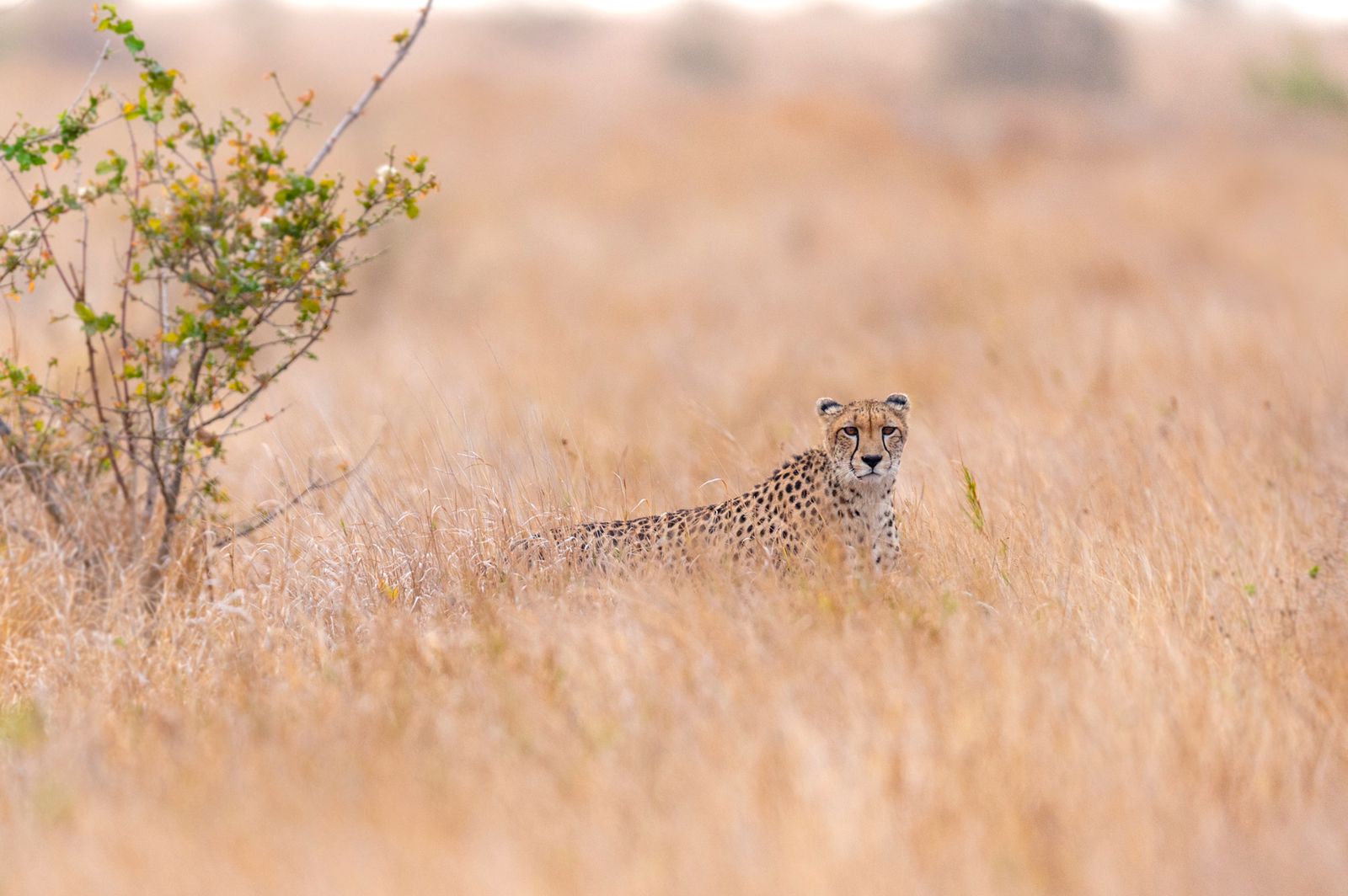New narratives needed on wildlife trafficking

Depth reporting on wildlife trafficking and its wider context
An innovative journalism project is underway in the Greater Kruger National Park. The Khetha Journalism Project assists journalists in reporting on the complexities of illegal wildlife trade in and around the Greater Kruger National Park. It is a WWF-SA initiative run by WESSA and Roving Reporters.
COURSE OVERVIEW
Major national parks in southern Africa remain under pressure from wildlife trafficking, most notably in rhino horn, yet all too often invaluable role-players that could help address the situation are side-lined in the public conversation alongside others living in communities adjacent to protected areas. This training project, provided by WWF-SA’s Khetha programme, seeks to foster positive change by equipping journalists and other communications practitioners with enhanced skills for reporting in depth on the human complexities of illegal wildlife trade in the Great Limpopo Transfrontier Conservation Area, in particular the Greater Kruger area. A special interest is supporting journalists to explore community-related aspects of human-wildlife interaction that go unnoticed by mainstream media but shed new light on the region’s challenges and its potential for charting a sustainable way forward.
What the course involves: We guide journalists through the development of story projects (group or individual) from conception to public sharing and/or publication. Our training focuses on the nuts and bolts of two kinds of journalism well suited to human-interest depth reporting: feature writing and radio documentary.
The structure of the course: The course has two phases. In phase 1, journalists participate in online training (as well as a workshop in Skukuza), during which they lay the groundwork for their story projects. In phase 2, they do field research and work in consultation with mentors to take these projects to completion. Story projects (group or individual) are displayed on our course’s portfolio website; to the extent that this is possible, mentors assist trainees in getting selected pieces of work published or broadcast in local or national media outlets.


